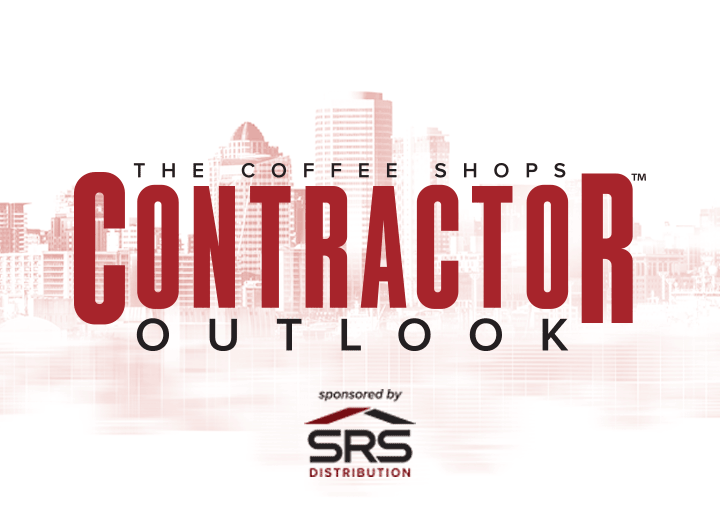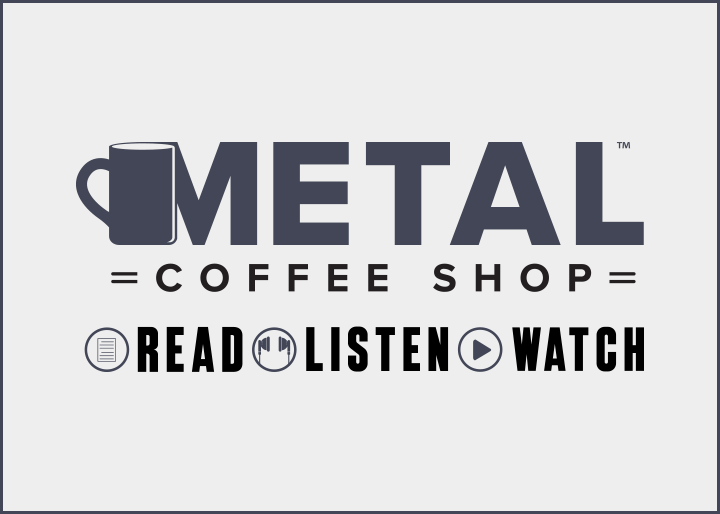Staying ahead of the next big disruption
November 10, 2025 at 12:00 p.m.By Cotney Consulting Group.
A roofing contractor who takes the time to identify vulnerabilities, build backup plans and train their people will always be stronger than one who tries to wing it.
When we look back on all the challenges facing our industry, whether pandemics, economic uncertainties, material shortages, sudden price spikes or labor disruptions, roofing contractors have been forced to deal with operational risk in real time. Some contractors have adapted quickly. In contrast, others have fallen flat and paid the price. What usually separates the two isn’t luck; it’s whether or not they had a plan in place before things went wrong.
Too often, risk planning is dismissed as a big-business luxury. But for roofing contractors, especially those running lean crews and managing multiple projects, it’s essential. Planning isn’t about predicting the future but preparing for whatever happens next. In the roofing business, surprises aren’t a matter of “if,” but “when.” And when they do show up, your team needs a clear plan, not a fire drill.
The first step is getting honest about what’s critical in your business. If your supply chain grinds to a halt, how quickly can you pivot? Who steps in if a key crew leader gets injured or walks off? If your main office loses power, can your team run payroll, access job files or respond to customers? These aren’t abstract questions; if left unanswered, they’re operational time bombs.
The best place to start is your processes. Every business runs on systems, whether formal or informal. Job setup, scheduling, material ordering, change orders and inspections are routines that either keep things moving or bring the whole operation to a standstill when disrupted. When you look closely at your operations, you’ll spot the gaps: the job files stored on one person’s laptop, the client approvals buried in text threads, or the absence of any real backup for your estimator. Fix those first.
Technology is critical in reducing risk, but only when paired with transparent processes. Many contractors get sold on platforms or apps, only to find out later that their team hasn’t been trained to use them effectively. It’s not about having more tech; it’s about having the right tech supporting the right workflows. A solid project management tool won’t eliminate chaos, but it will help you contain it.
Now let’s talk people. Your processes are only as strong as the team executing them. During any disruption, whether weather, health, labor or economic, people become your most significant liability and greatest asset. Have a plan for cross-training. Make sure at least two people know how to run each essential function. If you rely on one person to handle submittals, compliance paperwork or service dispatching, you’re betting your company on their continued availability.
You also need to look hard at your external partners. Who are your key suppliers? What happens if they can’t deliver when you need them most? Do you have a backup? Have you built a strong enough relationship with your rep that they’ll go the extra mile when things are tight? Risk doesn’t just live inside your company; it runs through your entire ecosystem of vendors, subcontractors, inspectors and manufacturers. Strengthening those ties now will pay off later when things get rough.
A solid risk plan also includes documentation. It’s not enough for the owner or GM to “have it in their head.” When things go sideways, you want clarity, not confusion. Who calls the clients if a crew gets pulled off a job? Who makes the call to switch materials if a delivery gets delayed? What happens if the estimator gets sick the day before a major proposal is due? Document your protocols and store them where your team can access them, ideally somewhere cloud-based and mobile-friendly.
And let’s be real, some disruptions are too significant to avoid. That’s why you need a well-maintained cash reserve and access to quick-turnaround financing. If our past has taught us anything, even the best-run companies can be strapped. Having liquidity buys you time, and time is everything in a crisis.
Ultimately, the goal isn’t to eliminate risk; it’s to prepare your business to withstand it. A roofing contractor who takes the time to identify vulnerabilities, build backup plans and train their people will always be stronger than one who tries to wing it. Risk doesn’t play favorites but rewards those who plan.
So, if it’s been a while since you looked under the hood of your operations, now’s the time. Walk through your jobs, your office and your people with one question in mind: What happens if this breaks tomorrow? Then start plugging the holes.
In this business, you can’t stop the storm from coming, but you can make sure your company is built to weather it.
Learn more about Cotney Consulting Group in their Coffee Shop Directory or visit www.cotneyconsulting.com.





















Comments
Leave a Reply
Have an account? Login to leave a comment!
Sign In